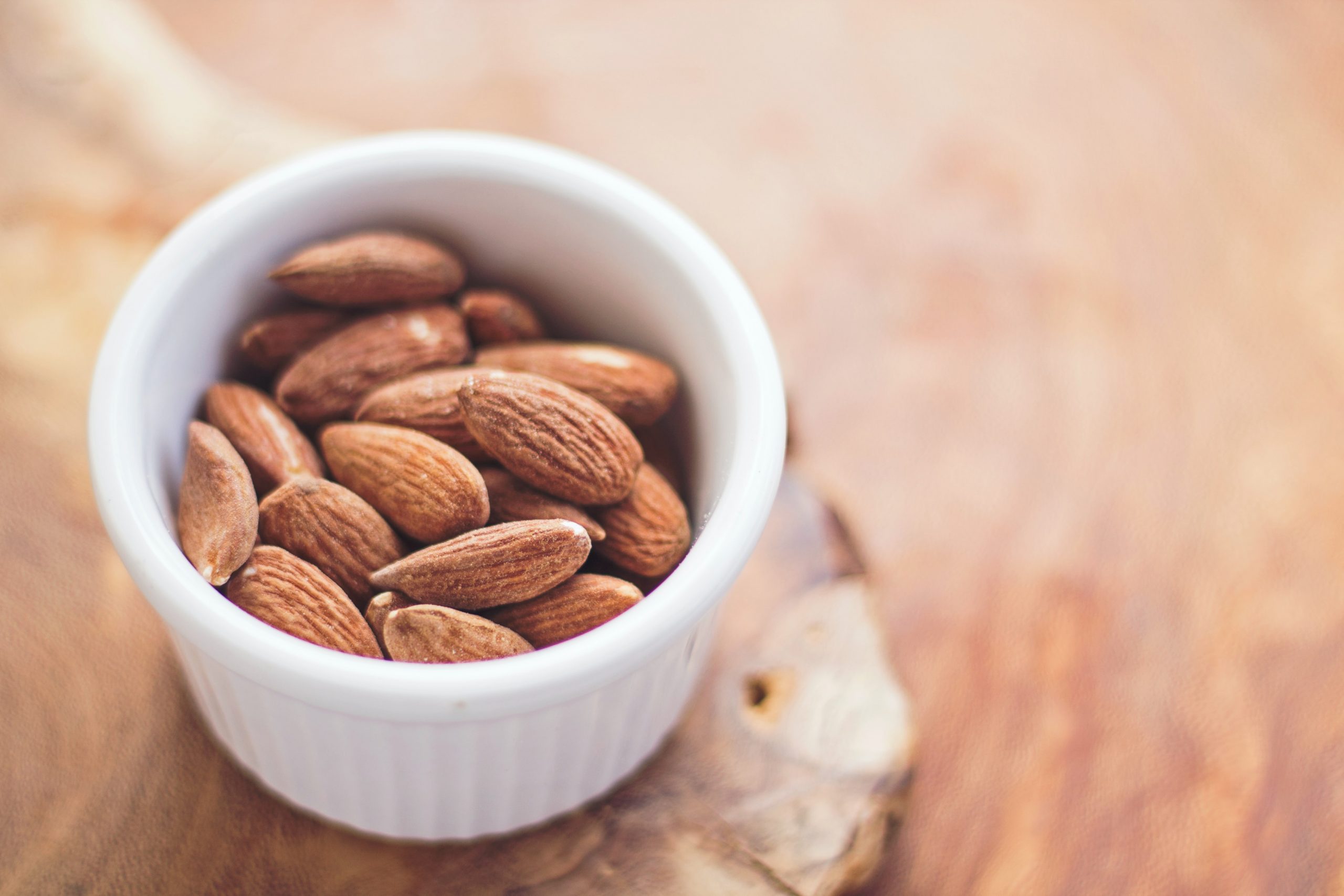
Does Intensity Of Exercise Affect Energy Expenditure And Weight Loss?
Along with diet, exercise is a vital part of a person’s weight loss efforts. But can the intensity of exercise undertaken affect the energy expenditure, metabolic rate and body composition of someone attempting to lose weight?
Background
Cardiorespiratory fitness has been associated with greater weight loss, reduced risk of weight gain and lower waist circumference. Unfortunately, people with obesity have reduced cardiorespiratory fitness and a lower energy expenditure during exercise (EEDE).
Both moderate-intensity exercise and high intensity interval training have been used in previous studies around weight loss. However, the medium and longer term effects of these different methods of exercise on EEDE and resting metabolic rate are not yet clear.
To explore the impact of different intensity exercise programs, the researchers designed a study to compare the effects of aerobic training programs on EEDE and resting metabolic rate.
The study
A randomised controlled trial of patients with severe obesity was designed. The participants were adults with severe obesity – classified by a BMI ≥ 40 or a BMI of ≥35 with at least one obesity-related comorbidity. They had stable body weight during the previous 3 months (±5 kg).
Exclusion criteria included heart failure, myocardial infarction or stroke during the previous 6 months, severe arrhythmia or heart failure, renal failure, pregnancy, severe eating disorders, substance abuse, taking medications known to affect appetite or metabolism and physical immobility.
The participants were randomised to one of two groups for a 24-week intervention. One group undertook a moderate-intensity continuous training program (MICT) and the other group combined MICT with high-intensity interval training (HIIT/MICT).
MICT sessions consisted of a 10 minute warm-up, 35 minutes at 70% of HRmax and a 4 minute cooldown. HIIT sessions consisted of 10 minute warm up, 4 x 4 minutes at 90-95% HRmax with 3 minute active recovery periods in between and a 5 minute cooldown. Both groups undertook 3 sessions per week.
The primary outcome was the energy expenditure during exercise (EEDE), with secondary measures of resting metabolic rate, cardiorespiratory fitness and body composition. Participants were instructed to maintain their usual dietary intake for the duration of the study.
The findings
EEDE increased by 10% in the HIIT/MICT group and 7.5% in the MICT group. The resting metabolic rate remained unchanged in both groups.
The HIIT/MICT group lost an average of 5kg, and the MICT group lost an average of 2kg.
Conclusions
The researchers concluded that people completing a 24-week HIIT/MICT program did not achieve a significantly higher EEDE compared to those completing a MICT program. However, the HIIT/MICT group did experience a greater weight loss compared to the MICT group.
Some limitations were noted. The group was treatment-seeking patients who were motivated and able to implement exercise over time, and the majority were white. This limits the application of the findings to other populations. There was also a lower retention and completion rate in the HIIT/MICT group, which may have skewed results.
Further research is required to confirm the influence of various intensities of exercise on EEDE and resting metabolic rate.
Reference
Berge, J., Hjelmesæth, J., Hertel, J.K., Gjevestad, E., Småstuen, M.C., Johnson, L.K., Martins, C., Andersen, E., Helgerud, J. and Støren, Ø., 2021. Effect of Aerobic Exercise Intensity on Energy Expenditure and Weight Loss in Severe Obesity—A Randomized Controlled Trial. Obesity, 29(2), pp.359-369.



